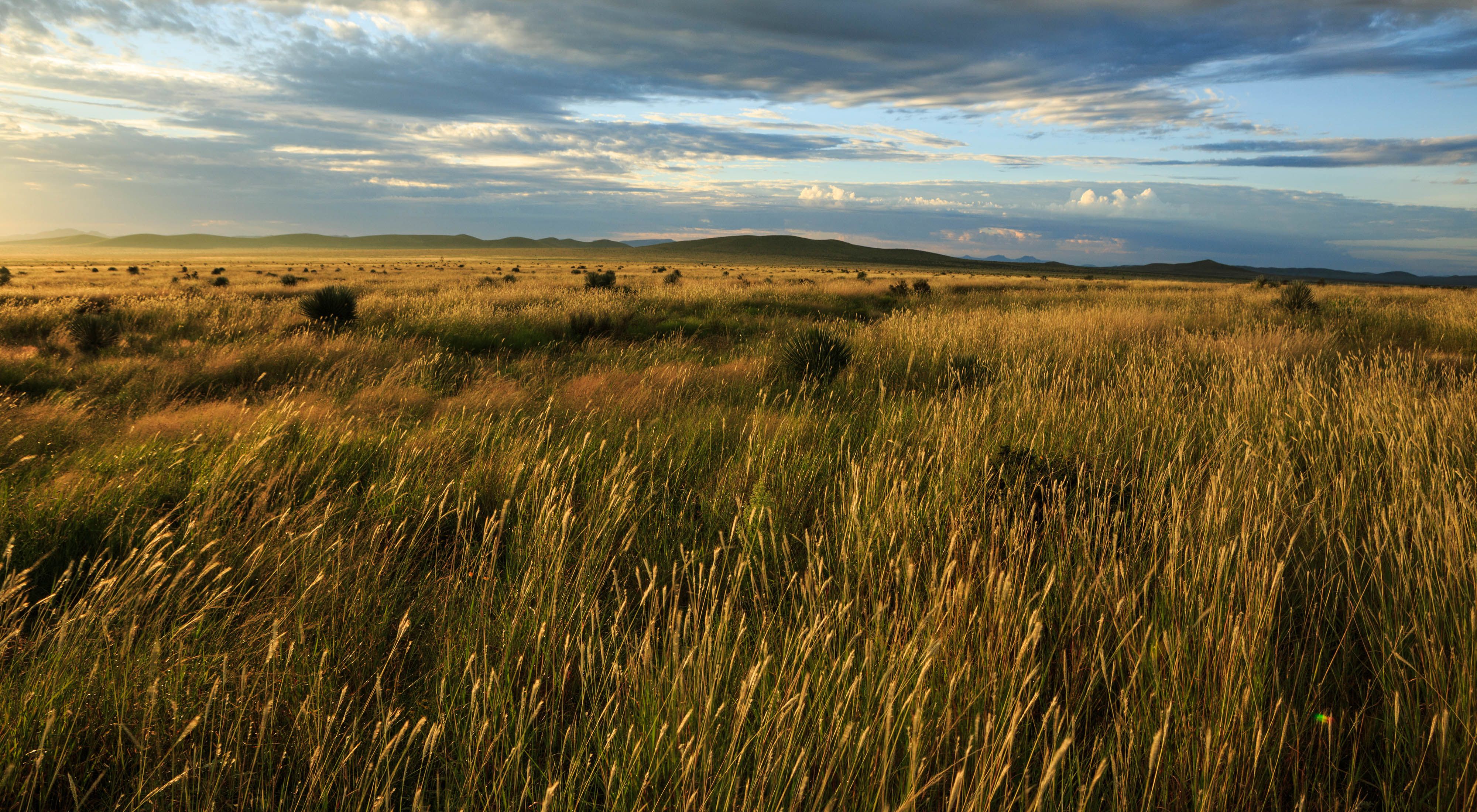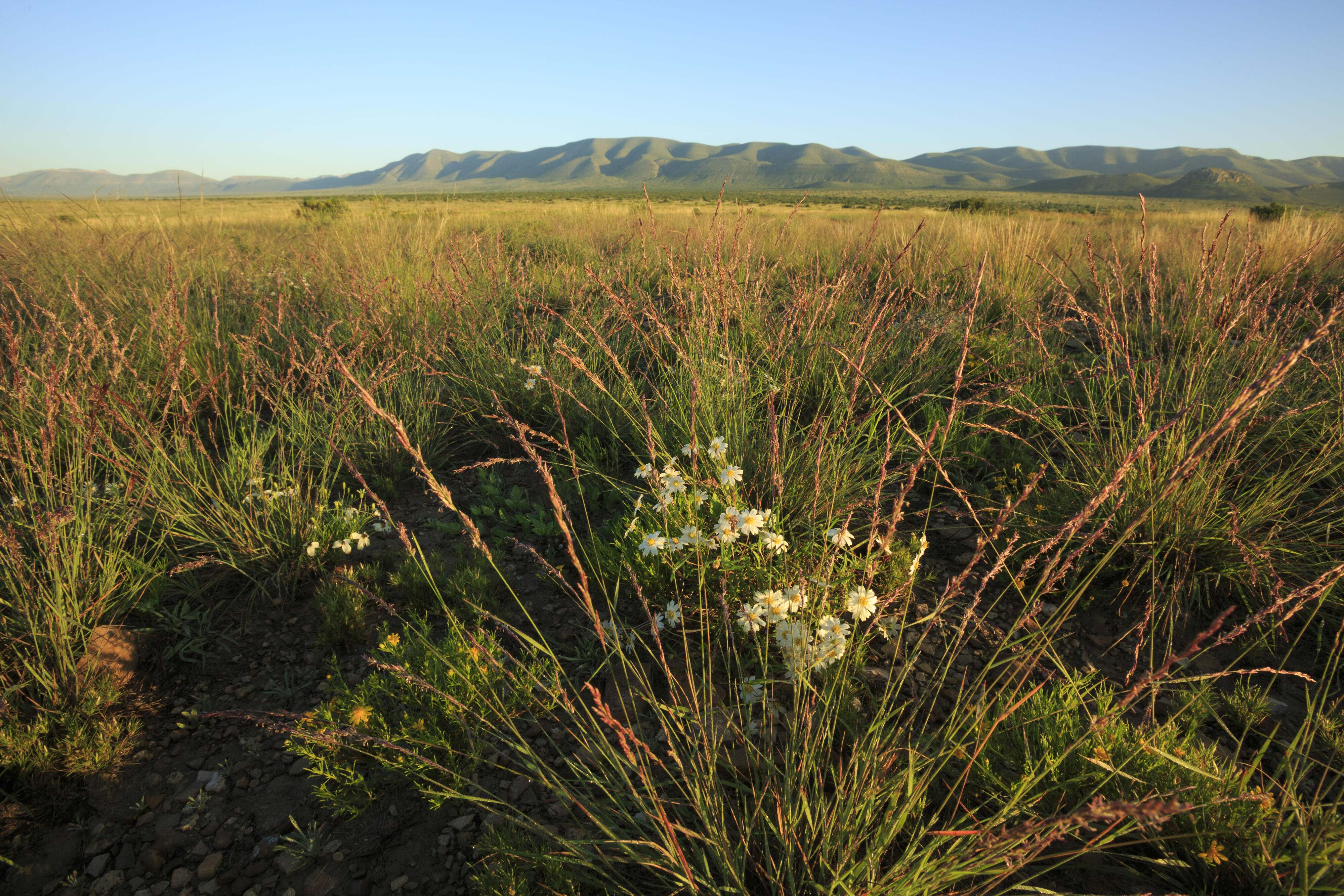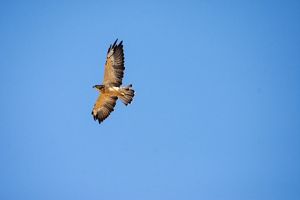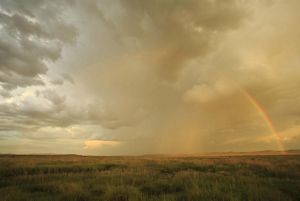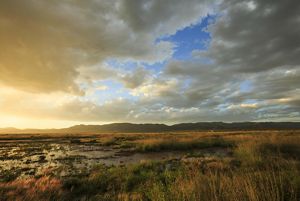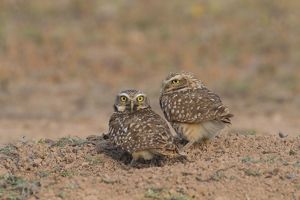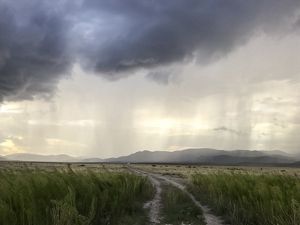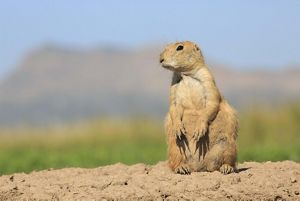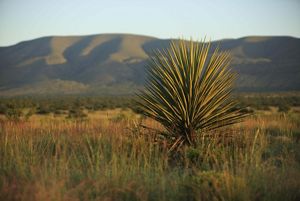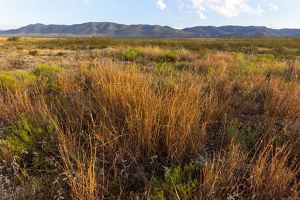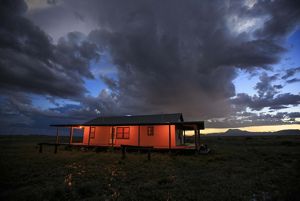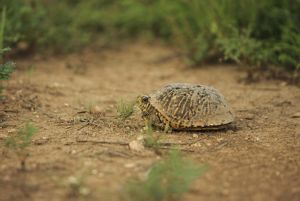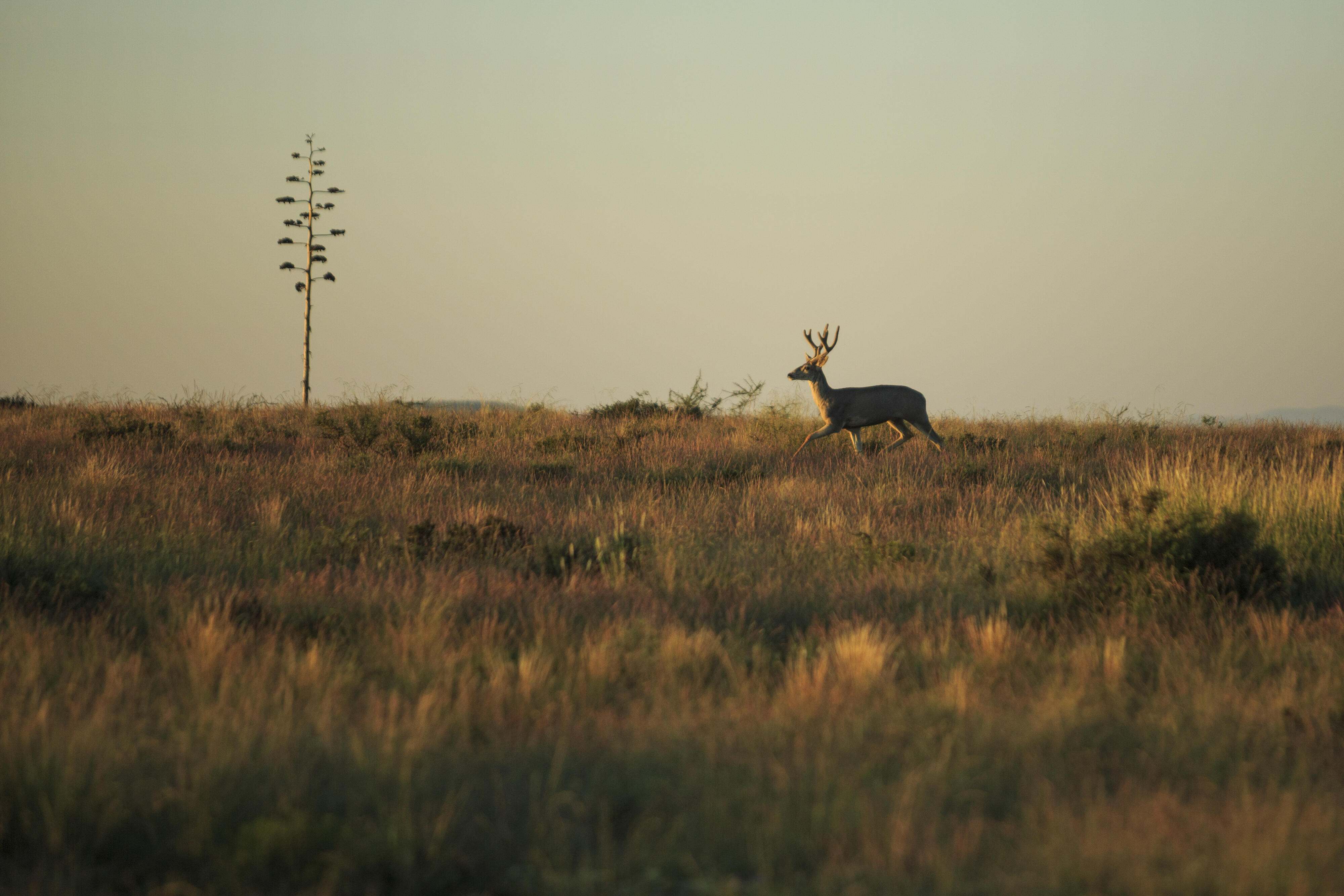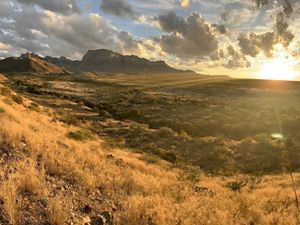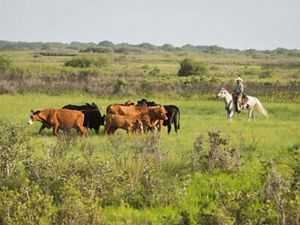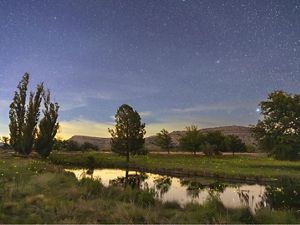Here, sweeping grasslands extend up to the Glass Mountains, sheltering wildlife that includes migratory raptors and grassland birds, far-ranging pronghorn antelope, kit foxes, burrowing owls and golden eagles. The preserve also provides habitat for the federally endangered northern aplomado falcon. Most often seen in pairs, northern aplomados have steel grey backs, red breasts, a black “slash” mark across the belly and striking black head markings.
Marathon Grasslands Preserve also harbors a portion of the largest black-tailed prairie dog town in the Trans-Pecos region of Texas. Scientists refer to prairie dogs as the architects of North America’s grasslands—and they are vital to maintaining the diversity in the Chihuahuan Desert. These herbivorous animals gnaw off woody shrubs, like mesquite, that would otherwise overtake the grassland habitat. They are also excavators; colonial prairie dogs burrow as much as 10 feet below ground to build their elaborate dens, breaking up hard-baked desert soil in the process, which makes for more fertile grasslands and better foraging. Though prairie dogs are critical to maintaining the integrity of grassland landscapes, habitat loss and fragmentation, along with human intolerance, have led to declining populations.
